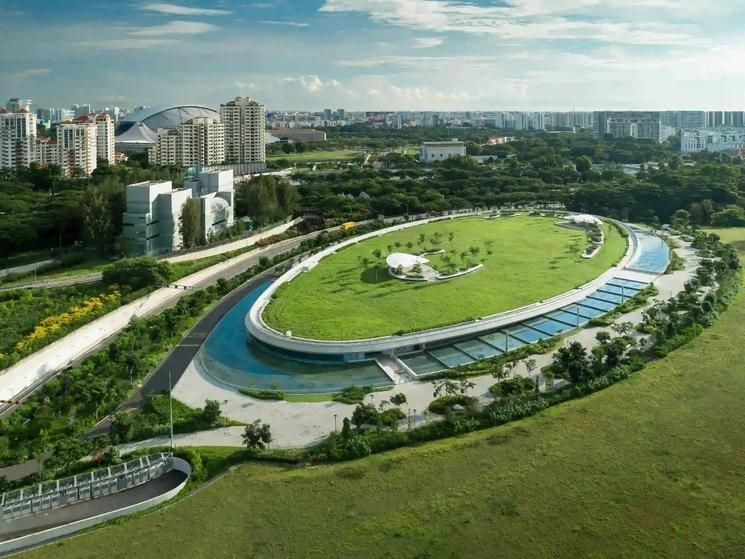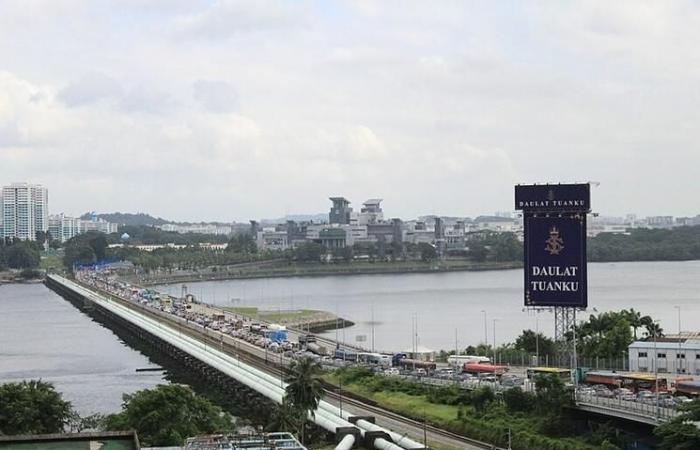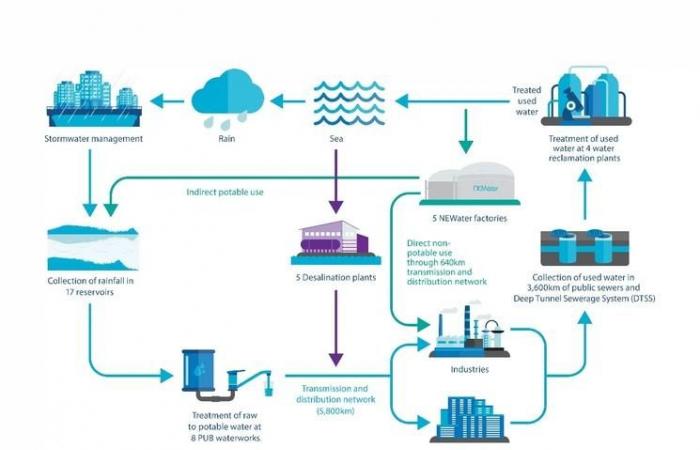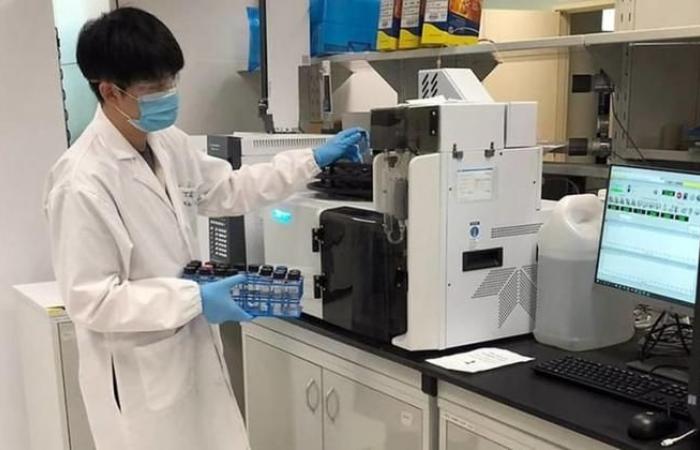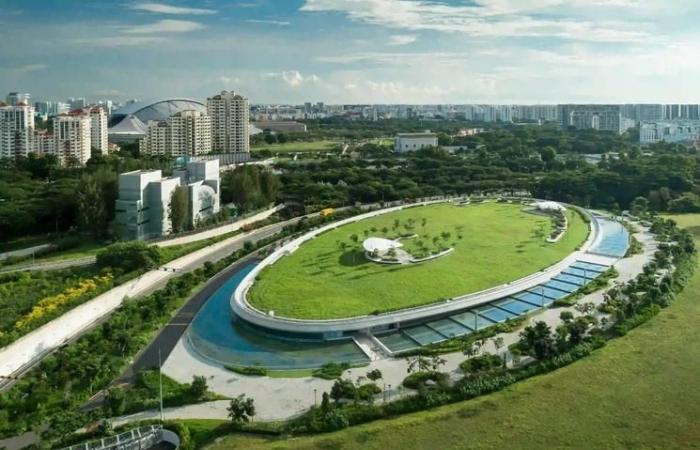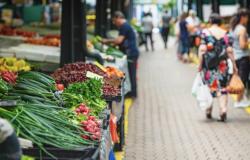Singapore’s water supply challenge
Despite its status as an equatorial (water-surrounded) island (where it rains a lot), Singapore’s water supply has always been a challenge. This was one of the reasons why the British surrendered to the Japanese in 1942. The early 1960s still saw periods of rationing and Lee Kuan Yew, the founding father of independent Singapore, made the country’s water supply a top priority: “every other policy has to bend at the knees for our water survival”.
The first rainwater reservoirs were sufficient for a time to meet the island’s needs, but from 1927 onwards it was necessary to import water from Malaysia to cope with the increase in consumption. The situation has only worsened with the growth of the island’s population and the rise of water-intensive industries, including computer centres. Today Singapore consumes around 1.7 billion litres of water per day, 40% for domestic use and 60% for industrial use. This consumption could double by 2065.
To meet this demand, four sources are being used in parallel.
First of all, the oldest is the collection of rainwater. Today, 17 reservoirs across the country collect water falling on 2/3 of the island’s surface, which represents about 10% of demand.
Then, the water supply from Malaysia has increased over time. Since 1927, under several successive treaties, sometimes called into question, Singapore has gradually secured the delivery of a quantity of water of up to nearly 1 billion litres per day at a guaranteed price. This water comes from the Johor River basin on which a dam was built by Singapore.
But with increasing climatic hazards, these two sources had to be supplemented by two others.
On the one hand, since the 2000s, wastewater has been recycled. It is sent through a network of underground sewers to treatment plants spread across the country, then, once filtered and purified, it is mainly intended for industrial uses, but around 10% goes back into the reservoirs and therefore to your tap. Today, all wastewater is recycled in this way, which corresponds to 600 billion liters of water per year.
On the other hand, since 2005, five seawater desalination plants have been built in various locations in Singapore, meeting up to 30% of demand.
All these sources of supply are managed by the same agency (PUB), which is also in charge of flood prevention. Indeed, the rainwater harvesting system is designed to manage the heavy rainfall that Singapore experiences. It is also this agency that promotes the control of water consumption both in households and in industries, so as to weigh on demand.
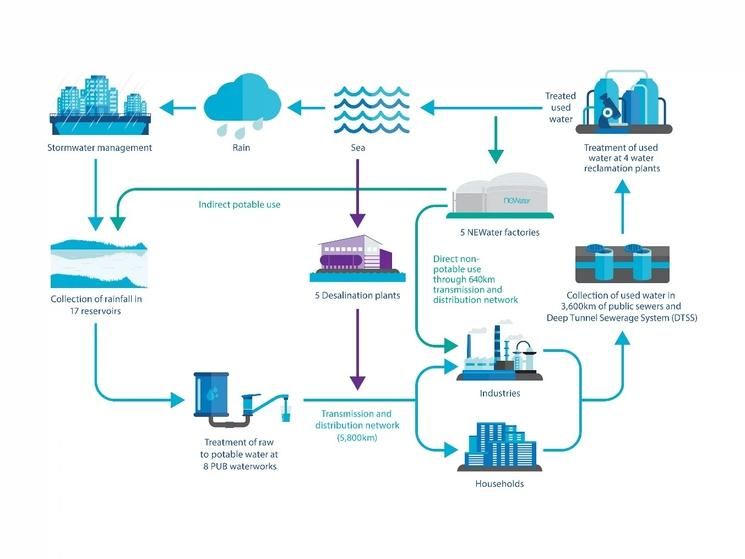
The Paradox of Drinking Water in Singapore
The Environment Performance Index report 2024, conducted by Yale University in the United States, studies the performance of 180 countries in terms of sustainable development in relation to 58 indicators. Among these, Singapore shows excellent performance in several areas, the country is first in terms of water recycling and wastewater and waste treatment, and third in terms of drinking water (with a score of 99.8/100 behind Italy and the United States, with France coming in 29th).
It is true that the PUB spares no effort to control the quality of the water and ensure that it meets the health standards set by the Singapore Food Agency, which go far beyond those of the World Health Organization. 500,000 samples are taken each year at all levels of the water production chain from reservoirs to homes for complete analyses (physical, organic matter, metals, microbes, etc.), not to mention continuous and real-time analyses by sensors positioned throughout the process.
Despite this, according to the latest report from the United Nations University Institute for Water, Environment, and Health, Singapore leads the world in per capita consumption of bottled water, both in terms of volume (1,129 litres per year per capita) and value (US$1,348 per year per capita), which only adds to plastic pollution. In addition to the hot climate that encourages more drinking, one explanation could be Singaporeans’ propensity to eat out (especially at food courts and hawker centres) where tap water is not readily available.
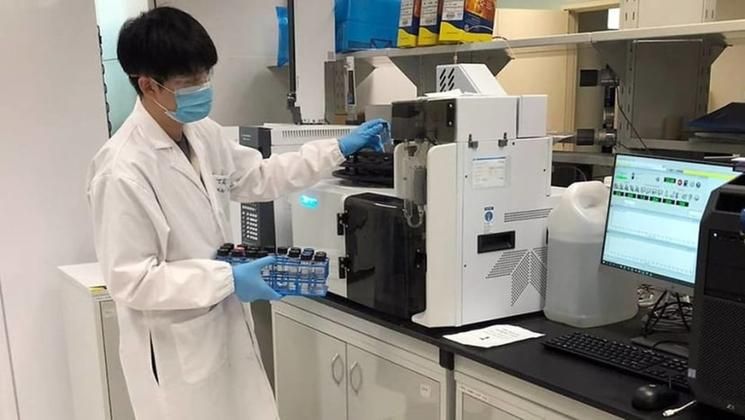
Moreover, even at home, some Singaporeans still boil their water before drinking it, or even install purifiers for their drinking water. It is true that they are pushed into this by unscrupulous vendors who claim that tap water in Singapore is unfit for consumption. One of them, Sterra, was recently caught and had to apologize profusely, after submitting a sample that actually came from a pond to a laboratory and publishing the results of the analysis!
So in Singapore you can drink tap water as is without a second thought. If you are really sensitive to taste, a trip to the fridge will make the water more enjoyable.
